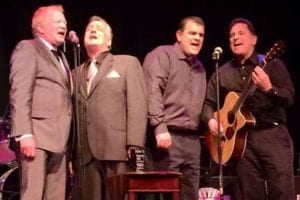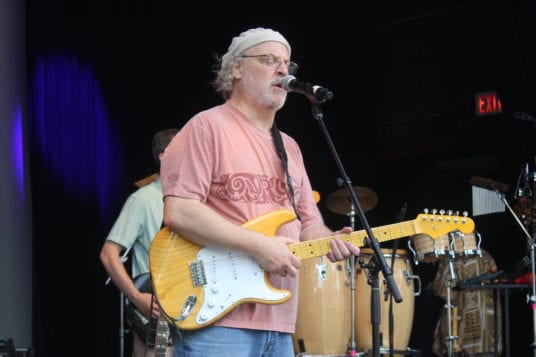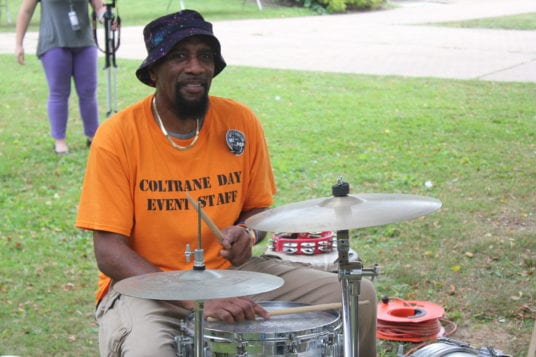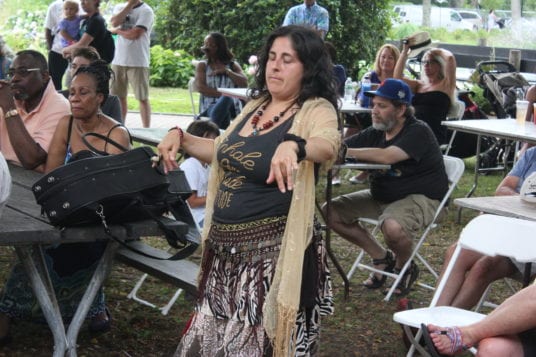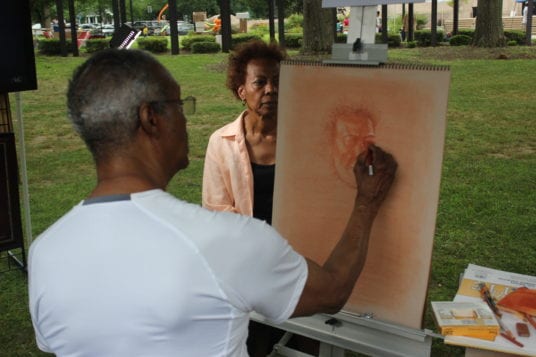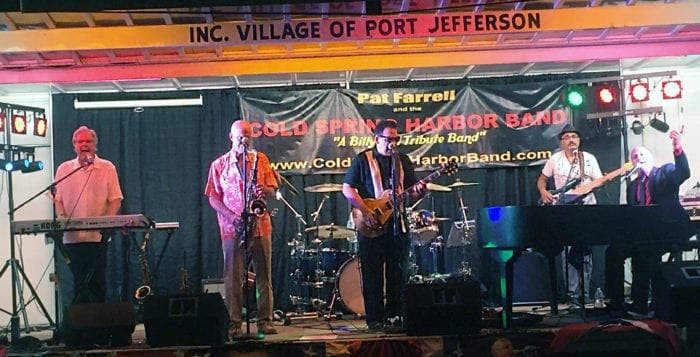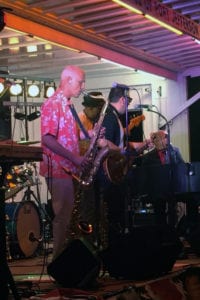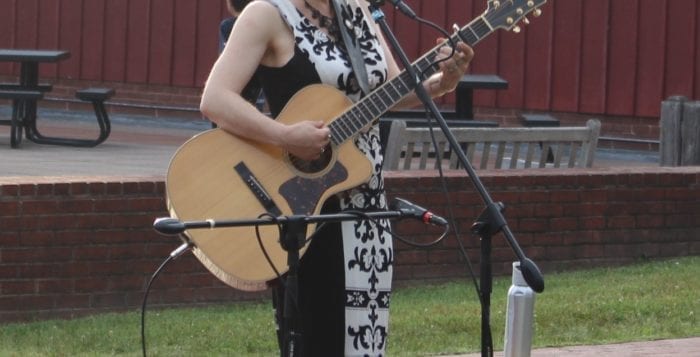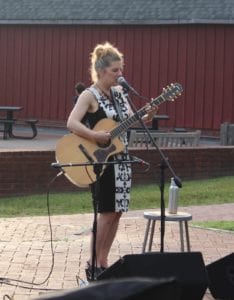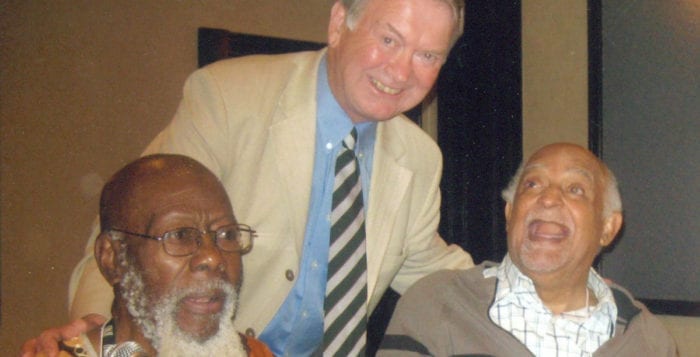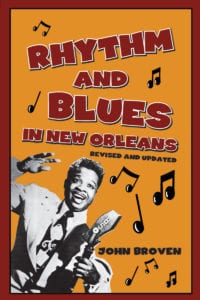By David Luces
For 20-year-old Gina Mingoia, Shoreham resident and local musician, her selfless attitude, her willingness to extend a helping hand and her music have endeared her to so many in the community.
Whether it’s donating her time or gracing people with her voice, she has undoubtedly made a lasting positive impact on many people’s lives.
Bea Ruberto, president of the Sound Beach Civic Association, can attest to that.
“Gina is an all-around great person,” Ruberto said. “She is someone who is very committed to the community.”

Ruberto first met Mingoia through the civic association’s pet adopt-a-thon, an event that encourages responsible pet ownership and provides a place to help local animal welfare groups get animals adopted.
“After the first pet adopt-a-thon [in 2012], I began advertising it more,” she said. “I don’t know how they heard about the event, but her father Sal approached us and said, ‘We’re really committed to helping these animal welfare groups, and we would love to play at the event.’”
For the next five years, both Sal and Gina Mingoia donated their time and lent their musical talents to the event.
In 2015, Sal Mingoia was diagnosed with cancer. Despite that, when he heard the event was on the following year, he and his daughter made it a point to attend.
In 2017, Sal Mingoia passed away, but his contribution to the event over the years left a lasting impact on Ruberto.
“I wasn’t sure if she was going to be involved this year,” Ruberto said. “I didn’t even approach her, but as soon as she heard that we were running the event, she contacted me, and she said, ‘I really want to be there. It was my dad’s and my favorite gig. I want to keep being a part of it.’
For this year’s event, the Sound Beach Civic Association changed the name to The Sal Mingoia Pet Adopt-A-Thon.
“Because they were so committed over the years, we changed the name in his honor, and we will continue to call it that,” Ruberto said.
Music can create a special bond. That couldn’t be truer for Mingoia and her father.
“She was meant to be in music and be on stage,” her cousin Jackie Mingoia said. “She’s a natural up there.”
Mingoia first joined her father on stage when she was 12. It was a perfect match, and over the years, she has been developing her craft with some help from her cousin.
“The quality of music she was making was very good,” Jackie Mingoia said.

In 2017, Gina Mingoia won Long Island’s Best Unsigned Artist and got the opportunity to travel to Nashville.
Recently, Jackie Mingoia has helped her cousin as a fellow songwriter. She would assist with ideas or sometimes finish up a song with her in the garage studio Sal Mingoia made.
One of those ideas turned into a song titled “New York,” which Gina Mingoia performed earlier this year.
When they’re not working on music together, Jackie Mingoia says her cousin has a funny side and is great to be around.
“Gina has a great heart,” Mingoia said. “She is a very giving person and always looking to help people however she can. She is the most selfless person I know.”
Kelli Cutinella has known Gina Mingoia for a long time and says she is a genuine, loving person who never asks for anything in return.
Cutinella got to know Mingoia through her son, Tom, and the two became close friends the summer before sixth grade.
“Tom always spoke very highly of her,” Cutinella said.
In 2014, Tom passed away following a head-on collision during a football game. Almost two years later, Mingoia finished a song she dedicated to her late friend titled, “I Wish (Tom’s Song).”
It was in October 2016 at The Thomas Cutinella Memorial Foundation Golf Tournament, a fundraising event started by his parents to honor his memory, that Mingoia shared her song with them for the first time.
“It meant so much to us,” Cutinella said. “Words can’t describe it. It was a really special moment for everyone that was there. You could tell the song was special for Gina.”
Town of Brookhaven Councilwoman Jane Bonner (C-Rocky Point) said Mingoia’s willingness to donate her time to help others has made her a role model in the community.
“Gina is wiser beyond her years,” Bonner said. “She is an old soul, a sensitive and caring person.”
Bonner says Mingoia has a great support system in her family, and she has a bright future.
“The sky is the limit [for her],” Bonner said. “Her music has amassed quite the local following. Whatever she wants to do, I hope she continues to touch people’s lives in a positive way.”



